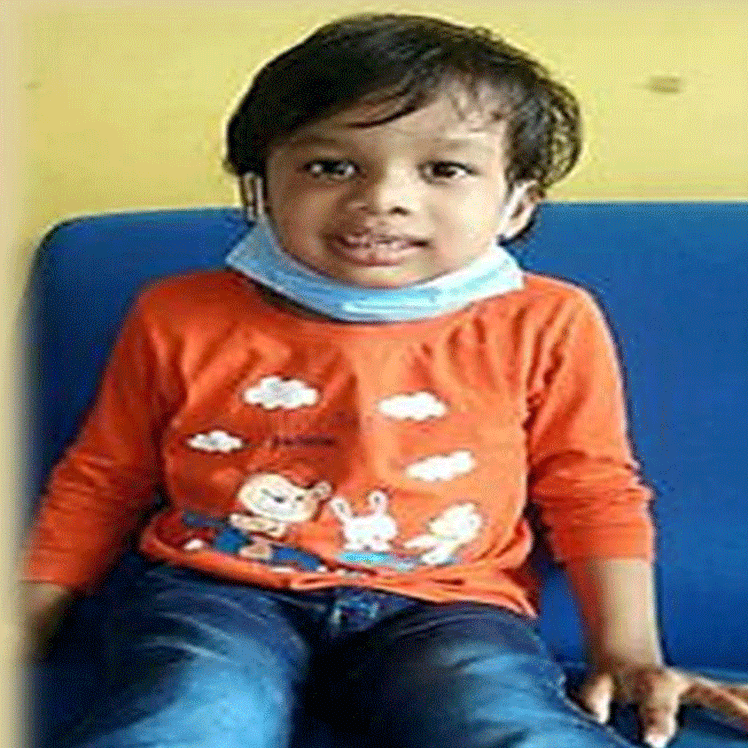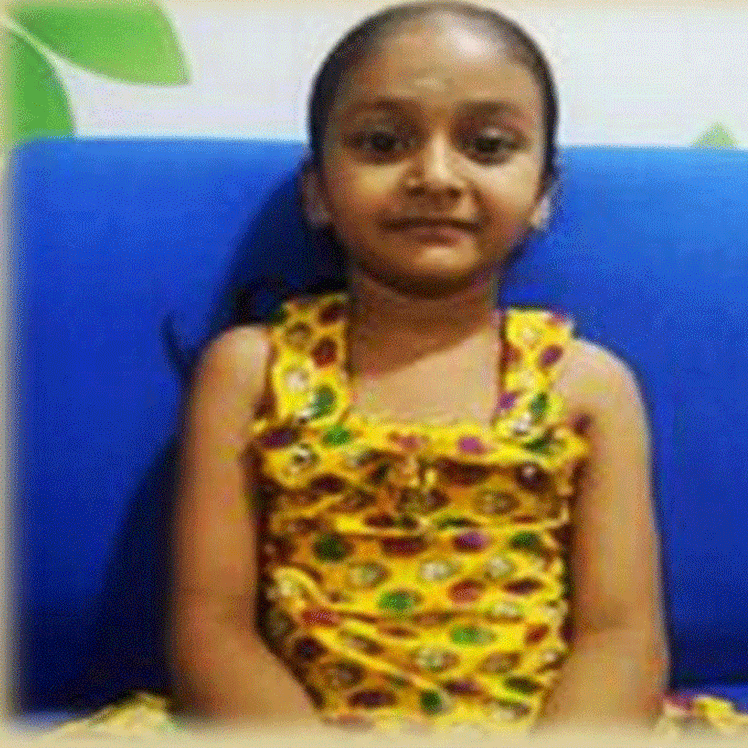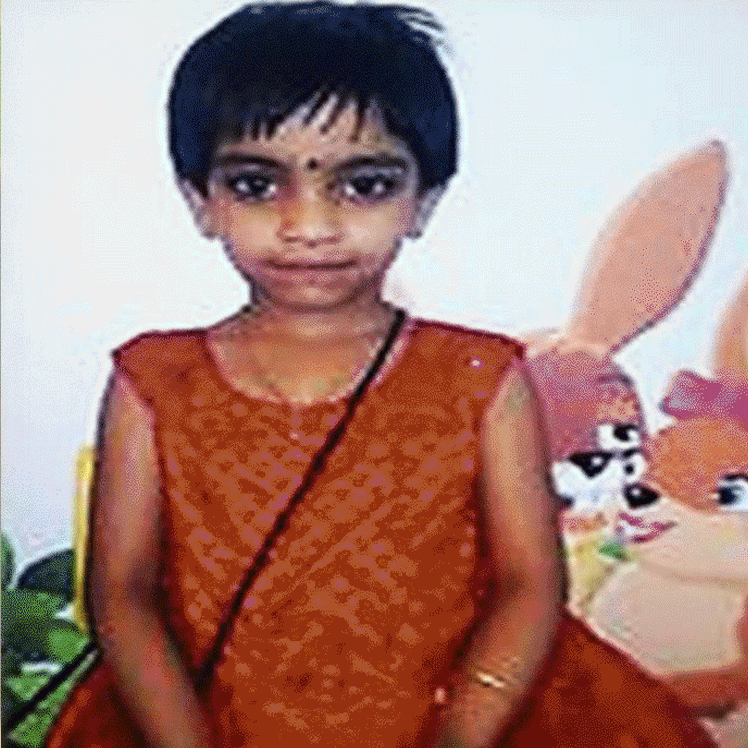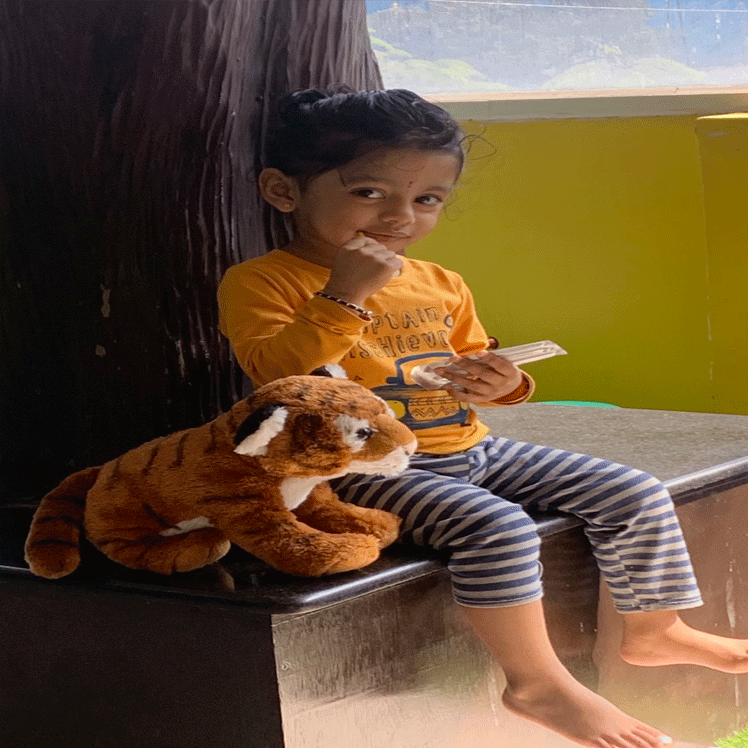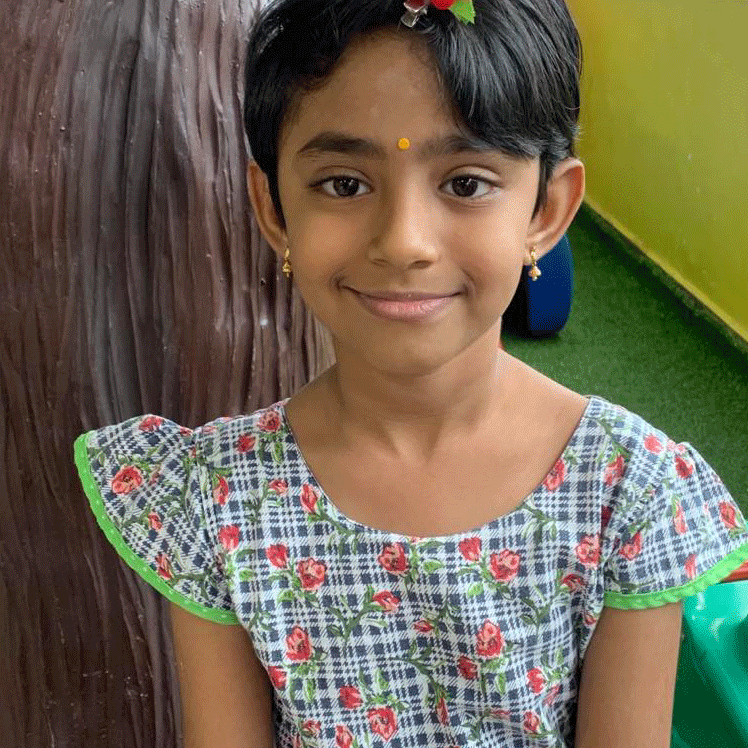Cleft Lip and Palate
What Is Cleft Lip?
The lip forms between the fourth and seventh weeks of pregnancy. As a baby develops during pregnancy, body tissue and special cells from each side of the head grow toward the center of the face and join together to make the face. This joining of tissue forms the facial features, like the lips and mouth. A cleft lip happens if the tissue that makes up the lip do not join completely before birth. This results in an opening in the upper lip. The opening in the lip can be a small slit or it can be a large opening that goes through the lip into the nose. A cleft lip can be on one or both sides of the lip or in the middle of the lip, which occurs very rarely. Children with a cleft lip also can have a cleft palate.
What Is Cleft Palate?
The roof of the mouth (palate) is formed between the sixth and ninth weeks of pregnancy. A cleft palate happens if the tissue that makes up the roof of the mouth does not join together completely during pregnancy. For some babies, both the front and back parts of the palate are open. For other babies, only part of the palate is open.
What Are The Difficulties Faced By These Babies?
Children with a cleft lip or a cleft palate alone often have problems with feeding and speaking clearly and can have ear infections. They also might have hearing problems and problems with teeth and its alignment and poor oral hygiene.
What Are The Causes And Risk Factors For This Condition?
Cleft lip and cleft palate are thought to be caused by a combination of genes and other factors, such as things the mother come in contact with in her environment, or what the mother eats or drinks, or certain medications she uses during pregnancy. Environmental factors include, folic acid deficiency, radiation, advanced maternal age, consanguineous marriage (married to their own relatives), viral infections, smoking, alcohol intake and due to intake of some medicines during pregnancy.
When And How To Diagnose This Condition?
Orofacial clefts, especially cleft lip with or without cleft palate, can be diagnosed during pregnancy by a routine ultrasound. They can also be diagnosed after the baby is born, especially cleft palate. However, sometimes certain types of cleft palate (for example, submucous cleft palate and bifid uvula) might not be diagnosed until later in life.
How To Treat This Condition?
Services and treatment for children with orofacial clefts can vary depending on the severity of the cleft; the child's age and needs; and the presence of associated syndromes or other birth defects, or both. Surgery to repair a cleft lip usually occurs in the first few months of life and is recommended within the first 12 months of life. Surgery to repair a cleft palate is recommended within the first 18 months of life or earlier if possible. Many children will need additional surgical procedures as they get older. Surgical
 Mon - Sun : 10am - 8pm
Mon - Sun : 10am - 8pm



